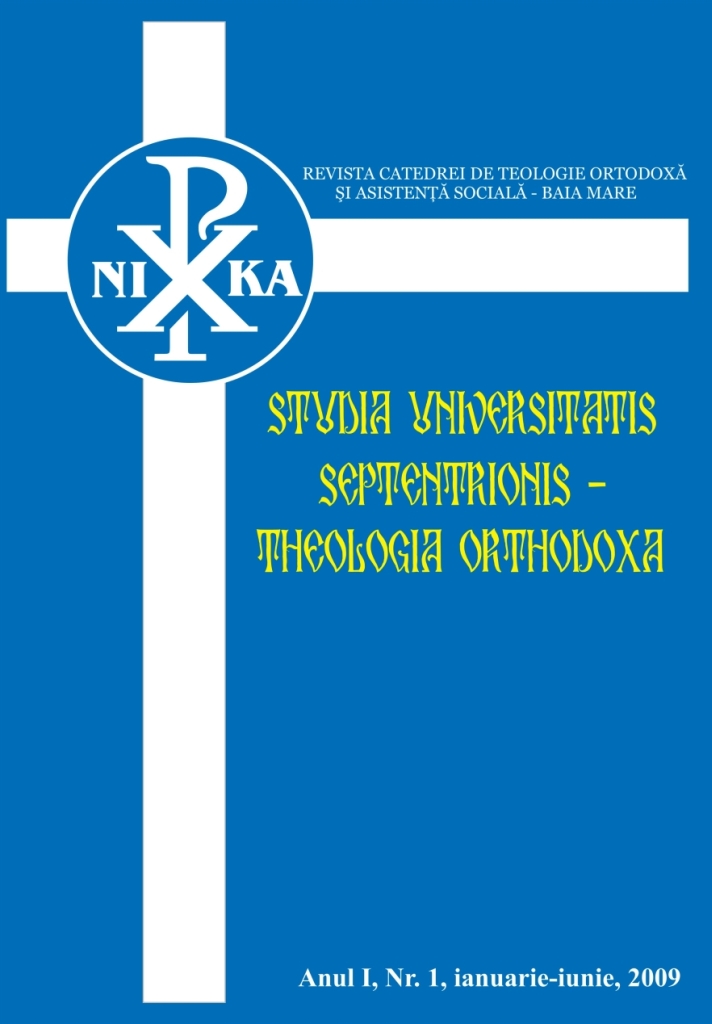Participarea clerului ortodox român la evenimentele din 1918
The Romanian Orthodox clergy’s contribution to the events from 1918
Author(s): Iustin HodeaSubject(s): Christian Theology and Religion, Theology and Religion, Eastern Orthodoxy
Published by: Editura U. T. Press
Keywords: Romanian Orthodox; Great Unification’s year; 1918 Unification;
Summary/Abstract: The year of 1918 is the Great Unification’s year for Romanian nation’s history. It is the time when the Romanian borderlines round, the Romanians from all the provinces got together and thus, constituting a united and unitary country – politically, economically, socially, culturally and spiritually speaking. This action of the Romanian people enframed itself within a historical process which was common for all the European countries, concretized during modern age based on peoples’ right for self-determination, an international-law principle recognized and applied up to the end of World War I, too. The 1918 Unification went through three successive stages: Bessarabia’s Unification, North Bukovina’s Unification and Transylvania’s, Banat’s, Crisana’s and Maramures’s Unification, at different dates (the 9th of April, the 28th of November and the 1st of December), realized through representative institutions like: the People’s Synedrium of Bessarabia, the General Congress of Bukovina and the Great National Convention of Transylvania in Alba Iulia. All of them had parliamentarian responsibilities and theirs Unification Resolutions had been forgone encouraged by popular actions with crowd aspect. All of the patriotic actions discovered a “good Mother” response from the Church and this Mother’s servants risen from peasants and living among people, used theirs conscience and fought alongside of the people, in order to timber a better living.
Journal: Studia Universitatis Septentrionis. Theologia Orthodoxa
- Issue Year: I/2009
- Issue No: 1
- Page Range: 79-88
- Page Count: 10
- Language: Romanian

